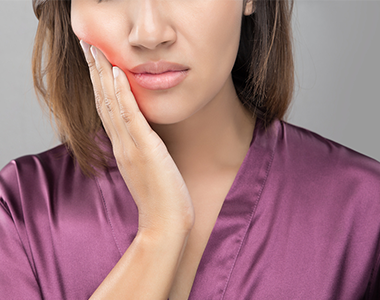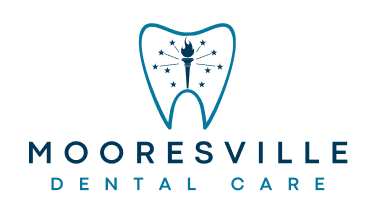
Gum Diseases
Category : Uncategorized
What is a Gum Disease?
Gum disease, or periodontal disease is a chronic inflammation and infection of the gums and surrounding tissue. It is the major cause of about 70 percent of adult tooth loss, affecting three out of four persons at some point in their life. Periodontal diseases include gingivitis and periodontitis.
What causes Gum Disesase?
One of the major cause is Bacterial plaque, a sticky, colorless film that constantly forms on the teeth. If plaque isn’t removed each day by brushing and flossing, it hardens into a rough, porous substance called calculus (also known as tartar).Toxins produced and released by bacteria in plaque irritate the gums. These toxins cause the breakdown of the fibers that hold the gums tightly to the teeth, creating periodontal pockets that fill with even more toxins and bacteria. As the disease progresses, pockets extend deeper, and the bacteria moves down until the bone that holds the tooth in place is destroyed. The tooth eventually will fall out or require extraction.
What are the signs and the symptoms?
Signs include red, swollen or tender gums, bleeding while brushing or flossing, gums that pull away from teeth, loose or separating teeth, pus between the gum and tooth, persistent bad breath, a change in the way teeth fit together when the patient bites and a change in the fit of dentures.
What are the preventions to the Gum Diseases?
Removing plaque through daily brushing, flossing and professional cleaning is the best way to minimize your risk. Your dentist can design a personalized program of home oral care to meet your needs.
How can I maintain good teeth health at home?
Sticking to a regular oral hygiene regimen is crucial for patients who want to sustain the results of periodontal therapy. Patients should visit the dentist every three to four months. Manual soft nylon bristle brushes are the most dependable and least expensive. Electric brushes are also a good option, but don’t reach any further into the pocket than manual brushes.

 Review Us
Review Us  Review Us
Review Us